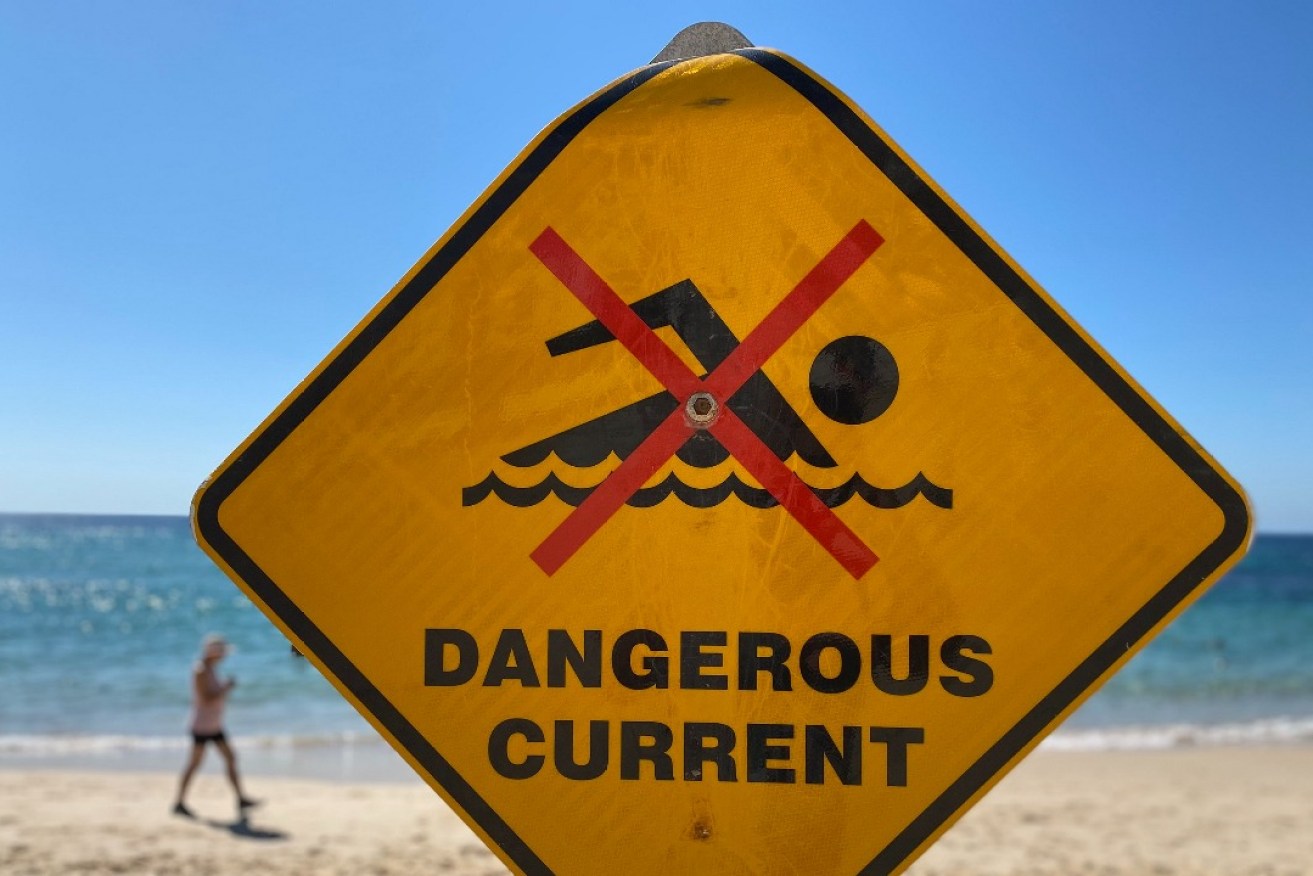Call to review beach safety signage to prevent drownings
Research from the University of Adelaide has suggested that current beach safety signage is inadequate and confusing, especially for new arrivals to Australia.

Dr Masaki Shibata, from the Japanese Department in the School of Social Sciences at the University of Adelaide, interviewed 167 beachgoers to better understand how they interpreted safety signs at beaches, finding that many people, especially swimmers born outside Australia, were not getting the message.
“Approximately 50 per cent of overseas-born beachgoers and 40 per cent of Australians rarely or never read beach safety signage at beaches they’re not familiar with,” the competitive ocean swimmer and former lifesaver said.
The research, which was published in the journal Safety Science, suggests that many people are also unclear as to what iconic Australian beach flags mean.
“While they represent the ‘always swim between the flags’, more than 30 per cent of the overseas visitors and residents believe that beach flags mean that only people ‘perceived to be good swimmers’ were allowed to be between the flags,” Dr Shibata said.
“Another common flag instruction, ‘No flags = no swim’, is also confusing, with half of all respondents interpreting this as they may not swim, but they may play, walk and stand in the water.”
Dr Shibata suggested changes to make beach safety signage more accessible to non-native English speakers, including messages in languages of the most at-risk swimmers, adding photographs of potential dangers, and clearer explanations of potential hazards.
He said that clearer colour coding is needed because many safety signs are yellow whereas red indicates the greatest dangers to many communities.
“According to the National Coastal Safety Report 2022, 939 coastal drowning fatalities were recorded from 2012- 2022, almost half of which were overseas-born beachgoers. However, the 939 fatalities were only of people whose birth continent was known, so the total number of drownings is higher,” he said.
South Australian beaches have not been exempted from unfortunate migrant deaths, with Glenelg alone claiming the lives of two 11-year-old migrant children at the start of 2016, and two 15-year-olds at the end of 2017.
Daniel Willetts, the Lifesaving and Emergency Operations manager at Surf Life Saving SA, said that the standards for beach safety signage in Australia have not been updated for some time and Dr Shibata’s research may be useful in prompting and guiding such change.
“This research is timely, as it comes at a juncture where there may be an opportunity to use these findings to shape the future of aquatic safety signage in Australia, particularly at our beaches,” Willetts said.
Surf Life Saving SA has in the past run the Sea Sure Swim School (now the SA Shores program) program on water safety in both theoretical and practical settings and has provided information to swimmers about beach safety signage targeted to the most at-risk swimmers.
“These programmes are delivered to those that have recently migrated to South Australia and, through organisations such as Study Adelaide, international students temporarily residing in the state,” Willets said.
Dr Shibata is also investigating and developing effective ways to deliver beach safety knowledge to international students enrolled in Australian universities.
He will present his research at the global Safety 2022 conference at the Adelaide Convention Centre at the end of November.
“I hope my suggestions will be taken into consideration in the much-needed revision of beach safety signage,” he said.




